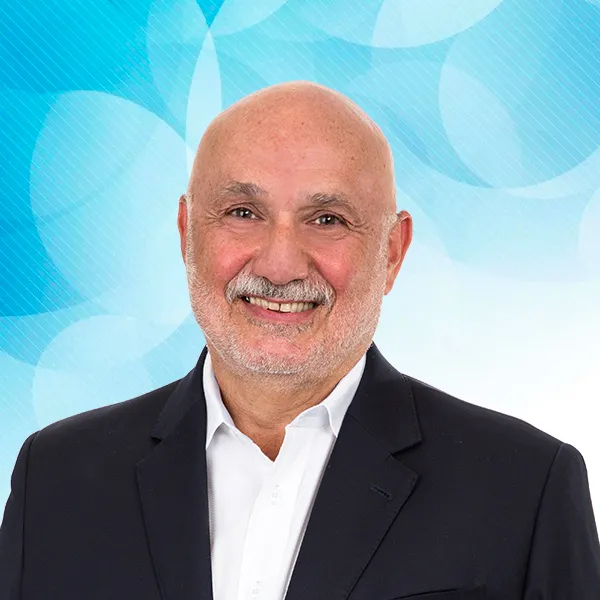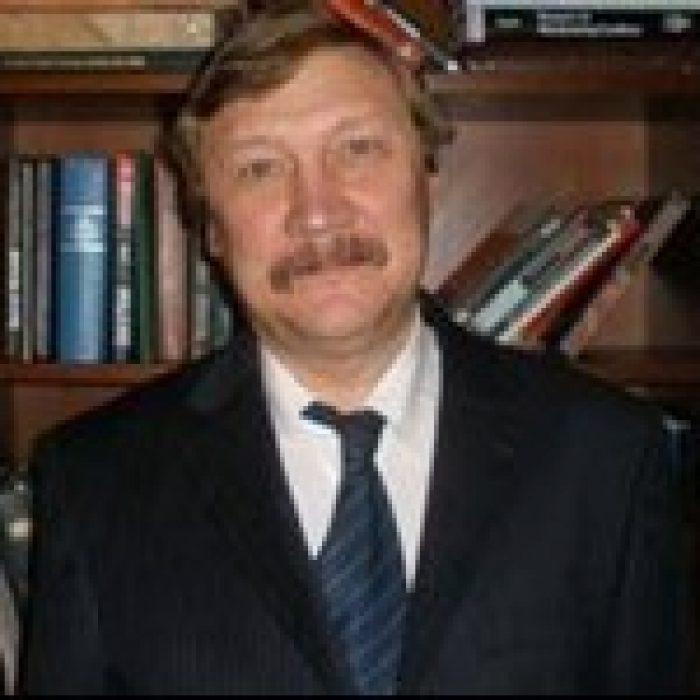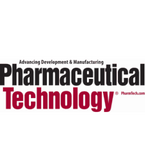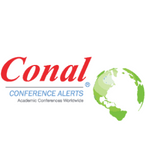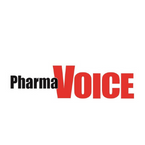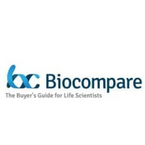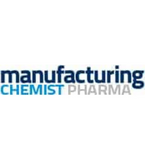Session/Tracks
Track 1: Restriction endonuclease
Restriction endonucleases are bacterial enzymes that stick double- stranded DNA. Type I REs are important in bacterial function but don't stick DNA at specific sequences.ICGGT-2023 Type II Restriction REs, described for use in this primer, bear largely specific spots for DNA fractionalization and are therefore extremely useful tools in molecular biology. These enzymes allow the cloning and sanctification of defined DNA fractions. The host bacteria's DNA is defended from fractionalization because the specific recognition spots are modified, generally by methylation at one of the bases in the point, making the point no longer a substrate for shaft fractionalization. Virtually, REs with different recognition point particularity have been purified from colorful bacterial strains and are used by molecular biologists under defined conditions to stick purified DNA from eukaryotic sources into defined fractions in an in vitro response
Track 2: Liposomes
A liposome is a small artificial vesicle, globular in shape, having at least one lipid bilayer. Due to their hydrophobicity and/ or hydrophobicity, biocompatibility, flyspeck size and numerous other parcels, liposomes can be used as medicine delivery vehicles for administration of pharmaceutical medicines and nutrients, similar as lipid nanoparticles in mRNA vaccines and DNA vaccines. ICGGT-2023 can be prepared by dismembering natural membranes. Liposomes are most frequently composed of phospholipids, especially phosphatidylcholine and cholesterol, but may also include other lipids, similar as egg, phosphatidylethanolamine, as long as they're compatible with lipid bilayer structure. A liposome design may employ face ligands for attaching to unhealthy towel.
Track 3: Gene Vectors
Gene vector itself generally carries a DNA sequence that consists of an insert and a larger sequence that serves as the" backbone" of the vector. The purpose of a vector which transfers inheritable information to another cell is generally to insulate, multiply, or express the insert in the target cell. All vectors may be used for cloning and are thus copying vectors, but there are also vectors designed especially for cloning, while others may be designed specifically for other purposes, similar as recap and protein expression. Vectors designed specifically for the expression of the transgene in the target cell are called expression vectors, and ICGGT-2023 generally have a protagonist sequence that drives expression of the transgene. Simpler vectors called recap vectors are only able of being transcribed but not restated they can be replicated in a target cell but not expressed, unlike expression vectors. Recap vectors are used to amplify their insert.
Track 4: Gene Mapping
In gene mapping, any sequence point that can be faithfully distinguished from the two parents can be used as a inheritable marker. Genes, in this regard, are represented by" traits" that can be faithfully distinguished between two parents. Their relation with other inheritable labels is calculated in the same way as if they're common labels and the factual gene loci are also assimilated in a region between the two nearest neighbouring labels. The entire process is also repeated by looking at further labels that target that region to collude the gene neighborhood to advanced resolution until a specific causative locus can be linked. This process is frequently appertained to as" positional cloning", and it's used considerably in the study of factory species. One factory species, in particular in which positional cloning is employed is in sludge.ICGGT-2023 The great advantage of inheritable mapping is that it can identify the relative position of genes grounded solely on their phenotypic effect.
Track 5: Cell and Gene Therapy
The Center for Biologics Evaluation and Research (CBER) regulates cellular therapy products, human gene therapy products, and certain devices related to cell and gene therapy. CBER uses both the Public Health Service Act and the Federal Food Drug and Cosmetic Act as enabling statutes for oversight. Cellular therapy products include cellular immunotherapies, cancer vaccines, and other types of both autologous and allogeneic cells for certain therapeutic indications, including hematopoetic stem cells and adult and embryonic stem cells. Human gene therapy seeks to modify or manipulate the expression of a gene or to alter the biological properties of living cells for therapeutic use. CBER has approved both cellular and gene therapy products .
Track 6: Cancer Cell Therapy
Cancer cell remedy has come one of the most promising approaches for cancer treatment. In recent times, progress in the underpinning wisdom, clinical operation and manufacturing of cell curatives has accelerated dramatically. Multiple approaches are now exploring different vulnerable cell types as remedial platforms, as well as inheritable approaches to enhance the antitumour eventuality of these cells. In this collection, three papers bandy some of these approaches and the challenges and openings for their clinical perpetration. In the first composition, Kuball and associates assay the tumour- particularity mechanisms of γδT cells and the eventuality to develop these cells into curatives against a broad range of cancers. In the alternate composition, Depil and associates bandy the advantages and challenges of developing allogeneic ‘off- the- shelf’ T cell curatives, ICGGT-2023which could be prepared and optimized in advance. And eventually, in the last composition, Campania and associates bandy curatives grounded on natural killer(NK) cells, which can fete and kill tumour cells fleetly and are also good campaigners for out- the- shelf cell curatives.
Track 7: Cytogenetics
Cytogenetics is the study of chromosomes, a vital tool to understanding how genetics play a part in the development and progression of certain conditions, as well as to prognosticating how a person will respond to particular rectifiers. ICGGT-2023It has come an necessary tool for cancer diagnostics and is prognosticated to be abecedarian to advancing the fields of medicine discovery and substantiated drug.
Track 8: Molecular genetics
Molecular genetics is sub-field of biology that addresses how differences in the structures or expression of DNA motes manifest as variation among organisms. Molecular genetics frequently applies an" investigative approach" to determine the structure and/ or function of genes in an organism's genome using inheritable defences. The field of study is grounded on the coupling of several sub-fields in biology classical Mend Elian heritage, cellular biology, molecular biology, biochemistry, and biotechnology. Experimenters search for mutations in a gene or induce mutations in a gene to link a gene sequence to a specific phenotype. Molecular genetics is a important methodology for linking mutations to inheritable conditions that may prop the hunt for treatments cures for colorful genetics conditions.
Track 9: Epigenetics
In biology, epigenetics is the study of stable phenotypic changes( known as marks) that don't involve differences in the DNA sequence. The Greek prefix in epigenetics implies features that are on top of or in addition to the traditional inheritable base for heritage. Epigenetics most frequently involves changes that affect the regulation of gene expression, but the term can also be used to describe any inheritable phenotypic change. similar goods on cellular and physiological phenotypic traits may affect from external or environmental factors, or be part of normal development.ICGGT-2023 The term also refers to the medium of changes functionally applicable differences to the genome that don't involve mutation of the nucleotide sequence. Exemplifications of mechanisms that produce similar changes are DNA methylation and histone revision, each of which alters how genes are expressed without altering the beginning DNA sequence. Gene expression can be controlled through the action of repressor proteins that attach to silencer regions of the DNA.
Track 10: Human mitochondrial genetics
Mortal mitochondrial genetics is the study of the genetics of mortal mitochondrial DNA( the DNA contained in mortal mitochondria). The mortal mitochondrial genome is the wholeness of heritable information contained in mortal mitochondria. Mitochondria are small structures in cells that induce energy for the cell to use, and are hence appertained to as the" boots trappers" of the cell. Mitochondrial DNA (mtDNA mitochondrial DNA is inherited only from the mama’s ovum. There are propositions, still, that paternal mtDNA transmission in humans can do under certain circumstances.ICGGT-2023 Mitochondrial heritage is thusnon-Mendelian, as Mendelian heritage presumes that half the inheritable material of a fertilized egg (zygote) derives from each parent. Eighty present of mitochondrial DNA canons for mitochondrial RNA and thus most mitochondrial DNA mutations lead to functional problems, which may be manifested as muscle diseases (myopathies).) isn't transmitted through nuclear DNA (nDNA). In humans, as in utmost multicellular organisms,
Track 11: Medical genetics
Medical genetics is the branch singularities in that mortal genetics is a field of scientific exploration that may or may not apply to drug, while medical genetics refers to the operation of genetics to medical care. For illustration, exploration on the causes and heritage of inheritable diseases would be considered within both mortal genetics and medical genetics, while the opinion, operation, and counselling people with inheritable diseases would be considered part of medical genetics.ICGGT-2023 In discrepancy, the study of generallynon-medical phenotypes similar as the genetics of eye colour would be considered part of mortal genetics, but not inescapably applicable to medical genetics (except in situations similar as albinism). Inheritable drug is a newer term for medical genetics and incorporates areas similar as gene remedy, substantiated drug, and the fleetly arising new medical specialty, prophetic drug.
Track 12: Computational Genetics
Tom LaFramboise’s laboratory both develops and applies being computational methodology to understand the part of the mortal inheritable variation- inherited processes. physical- in the development and line of cancer, as well as the impact of the micro biome on these A particular focus of our department is the use of computational tools to discover new perceptivity into cancer development and treatment. The laboratory of Zhenghe Wang collaborates with others to perform proteomics, genome, epigenetic, transcriptome, and single- cell analyses to understand how oncogenic mutations drive tumorigenesis.ICGGT-2023 Chris McFarland's group designs forward evolutionary simulations of cancer, and analyzes the numerous high- dimensional public datasets (cancer genomic sequencing, multi' osmic, DNA barcoding) using these simulations, machine literacy, and traditional statistical approaches.
Track 13: Metagenomic
Metagenomics is the study of inheritable material recovered directly from environmental or clinical samples. The broad field may also be appertained to as environmental genomics, economics, community genomics or microbiomics. While traditional microbiology and microbial genome sequencing and genomics calculate upon cultivated clonal societies, early environmental gene sequencing reproduced specific genes (frequently the 16S rRNA gene) to produce a profile of diversity in a natural sample. similar work revealed that the vast maturity of microbial biodiversity had been missed bycivilization- grounded styles. Because of its capability to reveal the preliminarily hidden diversity of bitsy life, metagenomics offers a important lens for viewing the microbial world that has the implicit to revise understanding of the entire living world. As the price of DNA sequencing continues to fall, metagenomics now allows microbial ecology to be delved at a much lesser scale and detail than ahead. Recent studies use either"shotgun" or PCR directed sequencing to get largely unprejudiced samples of all genes from all the members of the tried communities.
Track 14: DNA fingerprinting
DNA characteristic. I suppose a lot of people are first introduced to DNA characteristic while watching crime shows. An officer collects some samples from the crime scene. They put it in a tube. And also an hour latterly, they hold up a brightly colored gel, study at it, and say, aha, we've a match for the killer's DNA. Also the show is over. Of course, that is not exactly how effects work in real life. ICGGT-2023 But DNA characteristic is an important part of forensic wisdom. Although it cannot really tell you exactly who committed a crime, it can be used to help constrict down a list of suspects grounded on how well their DNA matches the samples that were set up at the crime scene. Investigators can also use the DNA results to search specific databases to find other implicit suspects.
Track 15: Human Genome Sequencing
The Human Genome Project (HGP) was an transnational scientific exploration design with the thing of determining the base dyads that make up mortal DNA, and of relating, mapping and sequencing all of the genes of the mortal genome from both a physical and a functional viewpoint. It started in 1990 and was completed in 2003. It remains the world's largest cooperative natural design. Planning started after the idea was picked up in 1984 by the US government; the design formally launched in 1990, and was declared basically complete on April 14, 2003, but included only about 85 of the genome. position complete genome" was achieved in May 2021, with a remaining only0.3 bases covered by implicit issues. The final gapless assembly was finished in January 2022.
Market Analysis
The global gene remedy request size was valued at USD2.26 billion in 2020 and is anticipated to grow at a composite periodic growth rate(CAGR) of20.4 from 2021 to 2028. The expanding arena of advanced curatives and gene delivery technologies has created an decreasingly competitive dynamic where a substantial number of request players are engaged in the commercialization of their gene remedy products. remedy inventors are investing in collaboration/ combinations and accession deals as a feasible strategy to enhance in- house moxie and strengthen product channels. These factors are anticipated to boost the request growth. Although the high prices of presently available curatives incentivize remedy development,ICGGT-2023 it limits availability and can affect in request recessions due to the lack of profitable viability of the products. Therefore, several payment models, similar as fiscal-grounded agreements and health issues- grounded agreements, have been introduced or suggested to increase the availability and request survival of curatives. These models have significantly impacted the relinquishment of curatives in the request. Presently, the world is trying to alleviate the adverse impact of the SARS-CoV- 2 epidemic to restore the profit inflow in requests. The cell and gene remedy sector has been impacted to a considerable extent. Since numerous universities have shut down and halted all unnecessary exploration & registration processes for clinical trials, progress in the ongoing R&D has been slow.

Still, several enterprise have been accepted by biopharma companies to gain a competitive edge in the request. Companies are espousing colorful request entry strategies, similar as biopharma installation expansions, collaborations with other crucial stakeholders, and development with Contract Manufacturing Associations(CMOs). For case, in March 2020, Universals launched Exothera, a viral vector CDMO that serves cell and gene remedy inventors.
The detention in commercialization of Zynteglo due to the epidemic has impeded the request growth to a considerable extent. On the other hand, in July 2020, Novartis entered the EMA blessing for its two European spots for marketable manufacturing of Auto- with regressed or refractory mantle cell carcinoma. These blessings depict the continued instigation of the new area of drug in these member’s curatives.ICGGT-2023 likewise, Kite, a Gilead Company, entered thus. FDA blessing for its Teacarts, a Auto T treatment for cases regressed or refractory mantle cell carcinoma. These blessings depict the continued instigation of the new area of drug in this member.


